Shanghai Stock Exchange's New ESG Guidance: Elevating Sustainability Reporting Standards
In a landmark move to enhance the quality of sustainability reporting, the Shanghai Stock Exchange (SSE) has issued two new guidelines: Guide No.4 for Self-Regulatory Supervision on Listed Companies of the SSE—Compilation of Sustainable Development Reports and Guide No.13 for Self-Regulatory Supervision on Listed Companies of the SSE STAR Market—Compilation of Sustainable Development Reports. These additions build on the previously released Guidelines No.14 of Shanghai Stock Exchange for Self-Regulation of Listed Companies—Sustainability Report (Trial), creating a comprehensive framework for listed companies to improve their ESG disclosures.
A Strategic Push for High-Quality ESG Reporting
The SSE has been proactively advancing ESG practices, aligning with its broader goals of fostering green, inclusive, and technology-driven finance. Its recently introduced Three-Year Action Plan on Improving ESG Information Disclosure Quality (2024–2026) underscores this commitment.
In 2024, 1,193 listed companies—52% of all SSE-listed firms—issued ESG-related reports, a record-breaking achievement that reflects a 6% year-on-year increase. Moreover, 342 SSE-listed companies were covered by MSCI ESG ratings, with 100 companies receiving upgrades and 8 earning the top-tier AAA rating.
On the investment front, the number of sustainability indexes now totals 147, supporting the launch of 89 ESG-tracking products, including 45 green ETFs. With a combined AUM exceeding 130 billion yuan, these initiatives have solidified the SSE's position as a leader in ESG integration within capital markets.

Breaking Down the New Guidance
The new guidelines are designed to simplify and standardize sustainability reporting while maintaining flexibility for listed companies. Key features include:
Sample Disclosures:
The guidance provides detailed templates and illustrative examples, covering governance structures, material topics, and climate-related disclosures. Attachment No.2: Response to Climate Change, for instance, outlines 22 key disclosure points, including carbon emission calculations and scenario analyses, offering actionable pathways for companies to address climate risks.
Enhanced Interpretation of Standards:
To demystify the complexities of ESG reporting, the guidance elaborates on technical terms and standards, such as climate-related risks, financial impacts, and greenhouse gas emission scopes.
Voluntary Framework:
While comprehensive, the guidance remains non-mandatory, allowing companies to adapt its recommendations to their unique operational contexts. This approach encourages participation without imposing additional compliance burdens.
Strengthening ESG Leadership
Under the oversight of the China Securities Regulatory Commission (CSRC), the SSE is poised to introduce additional ESG guidelines based on market feedback. By collecting best practices and refining its regulatory framework, the SSE aims to help companies produce robust, globally recognized ESG reports that resonate with investors and stakeholders alike.
This forward-thinking initiative not only elevates the transparency and accountability of SSE-listed companies but also reinforces the exchange's role as a global leader in sustainable finance.
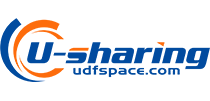







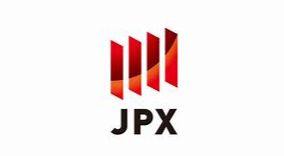
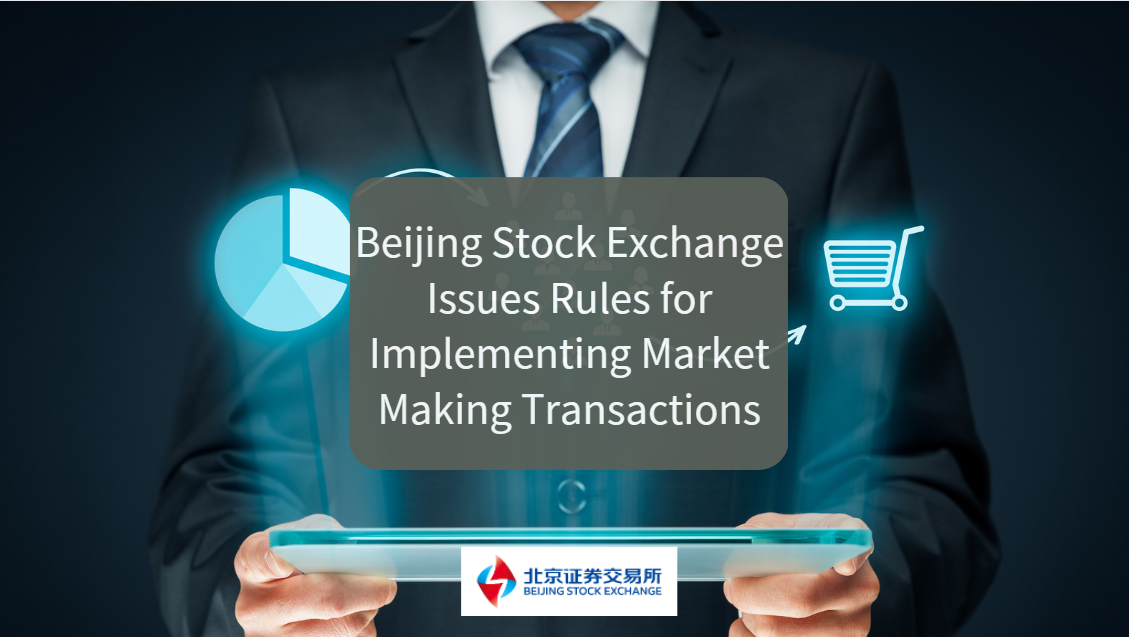
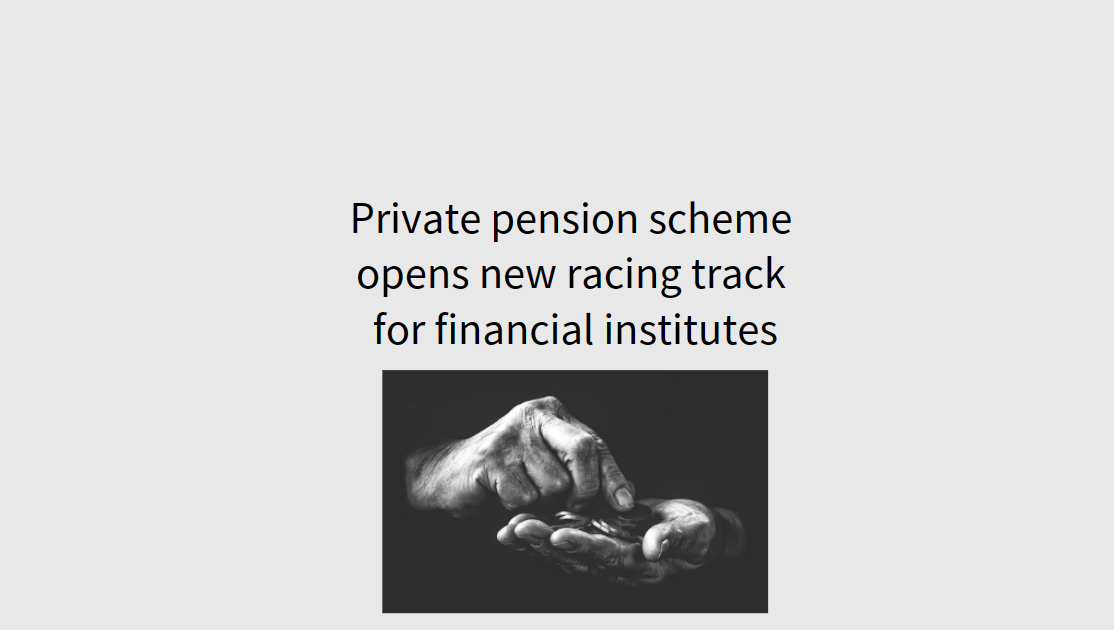
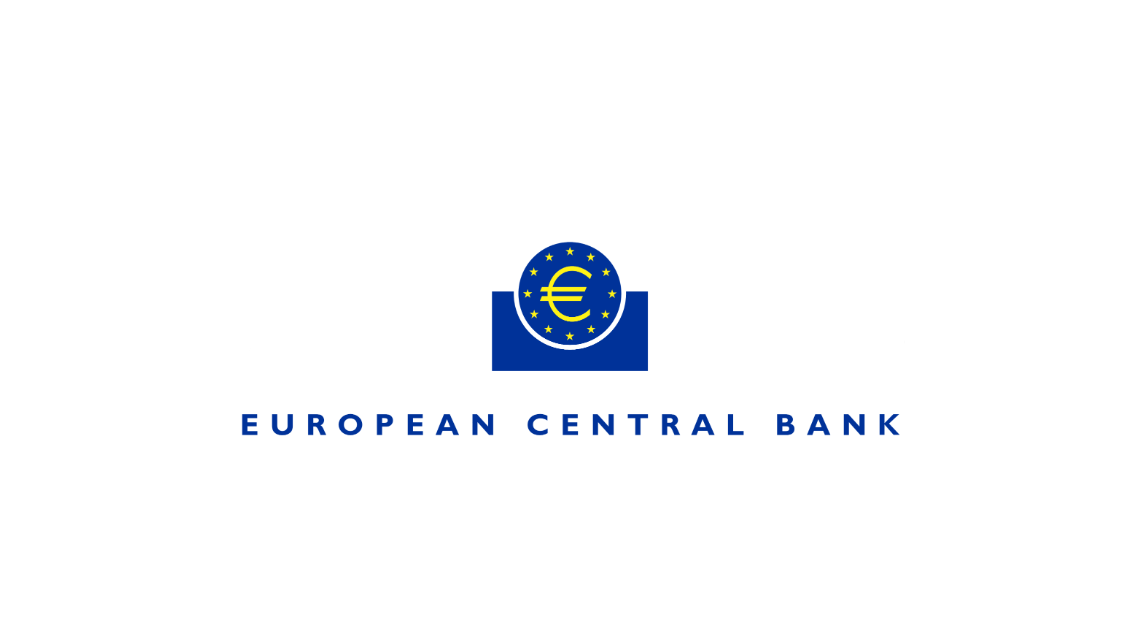
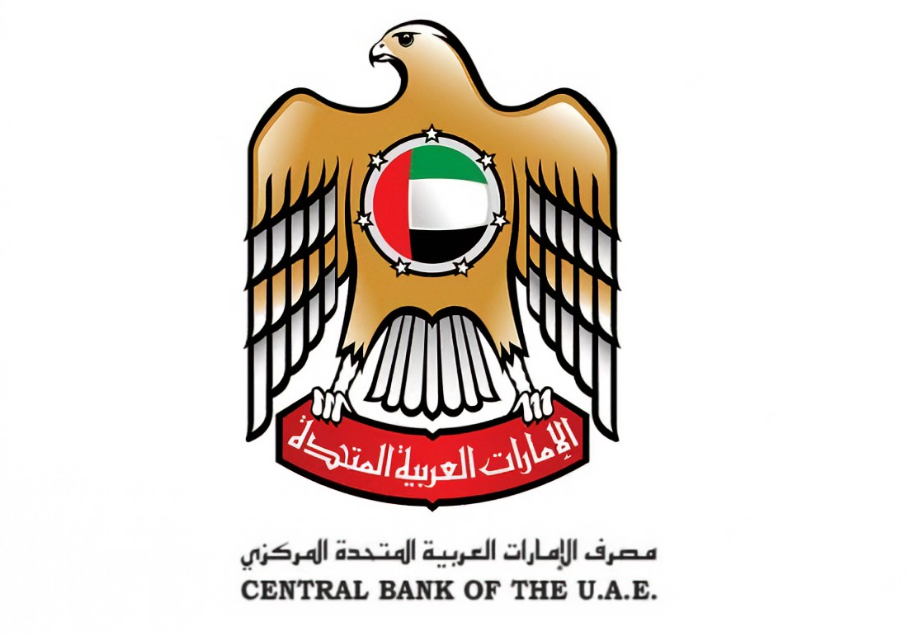

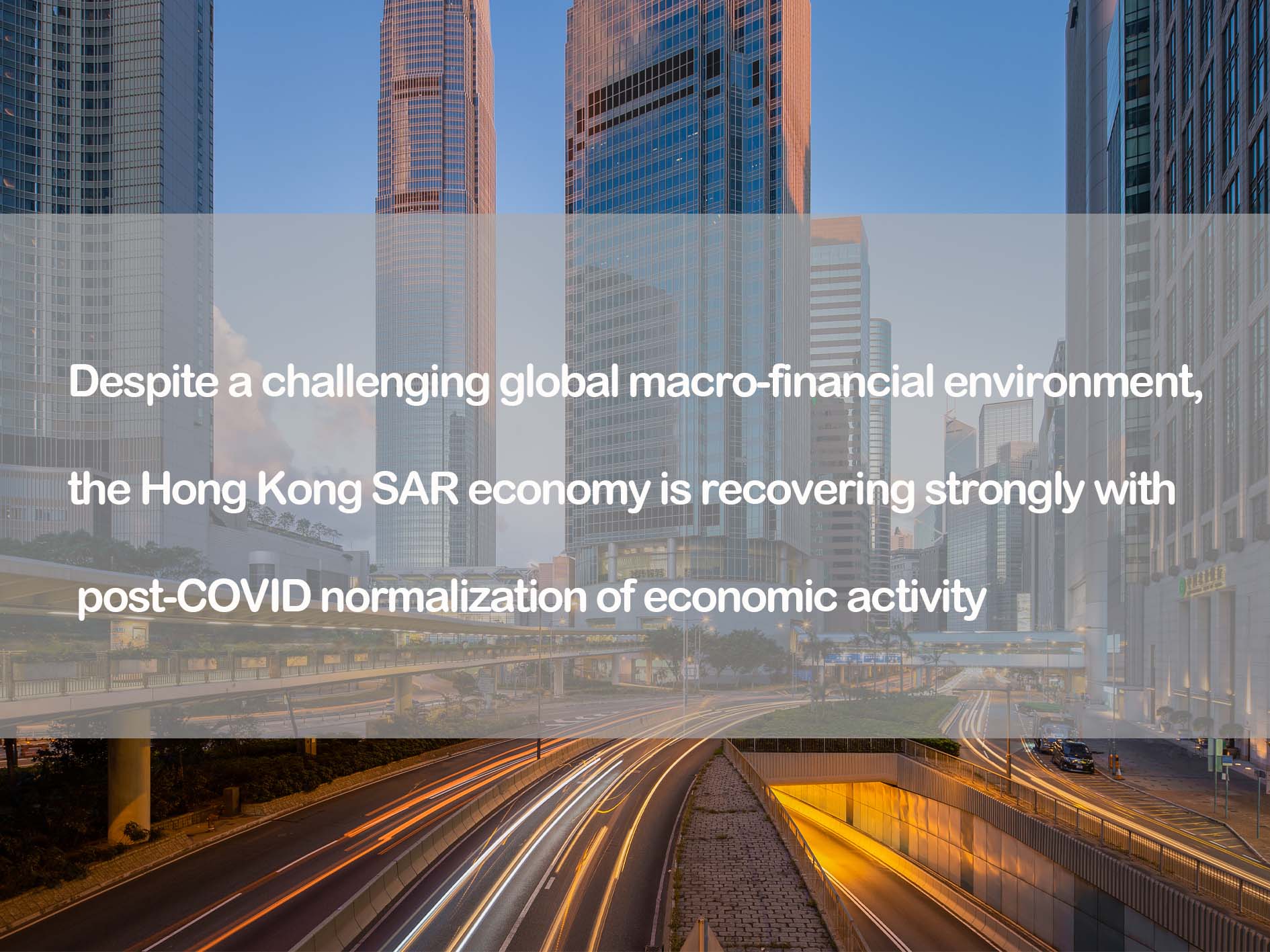

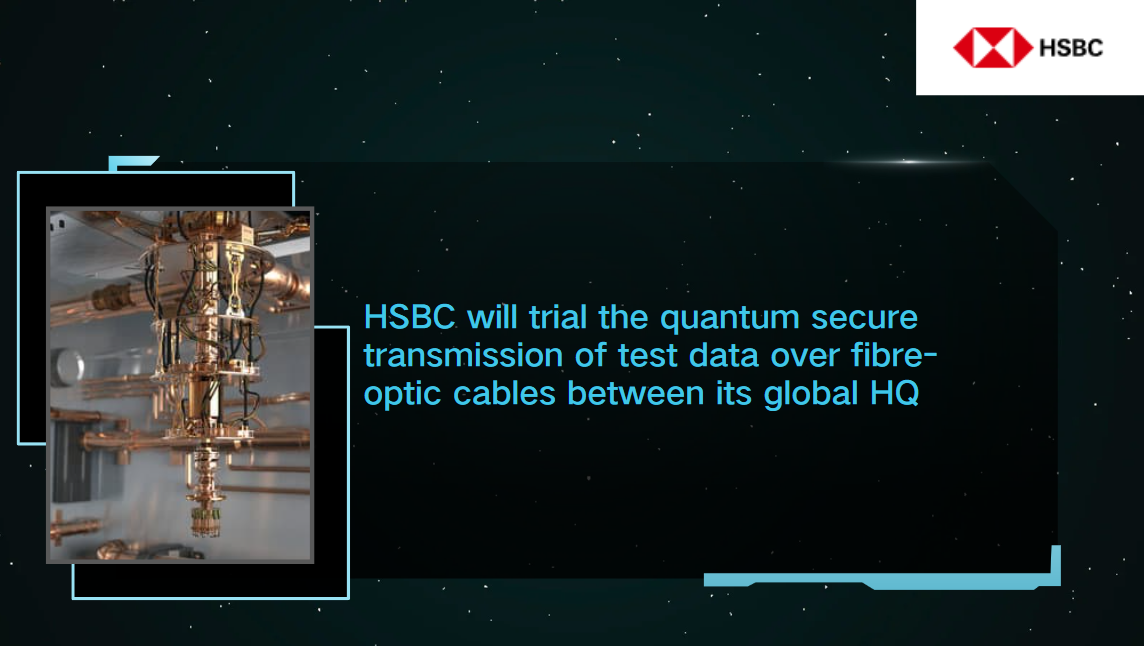
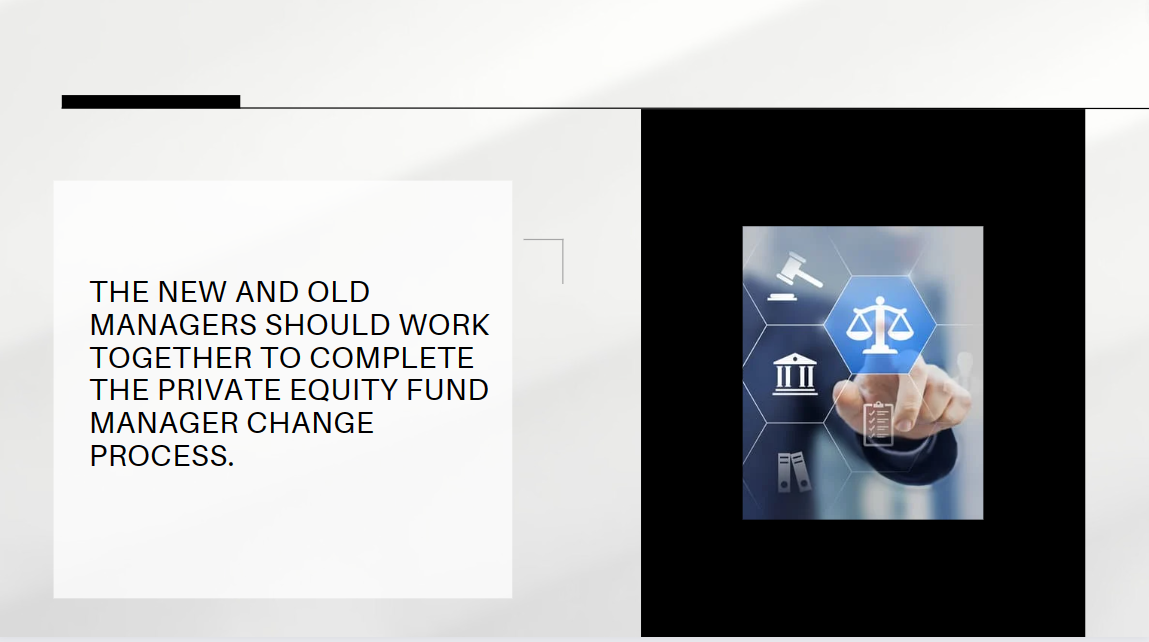

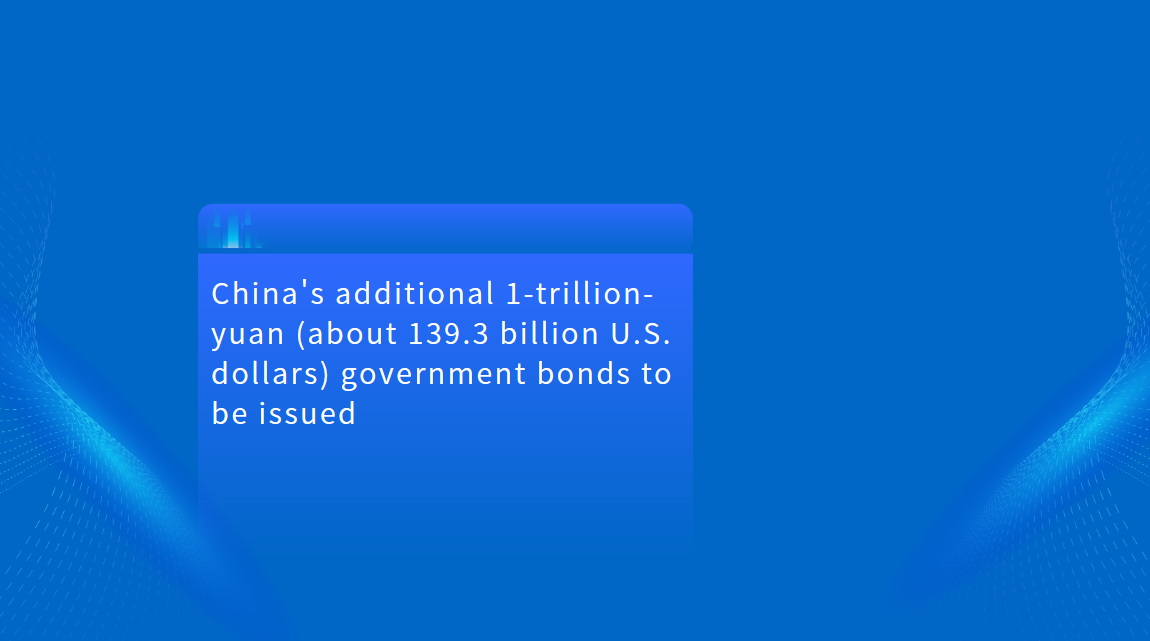

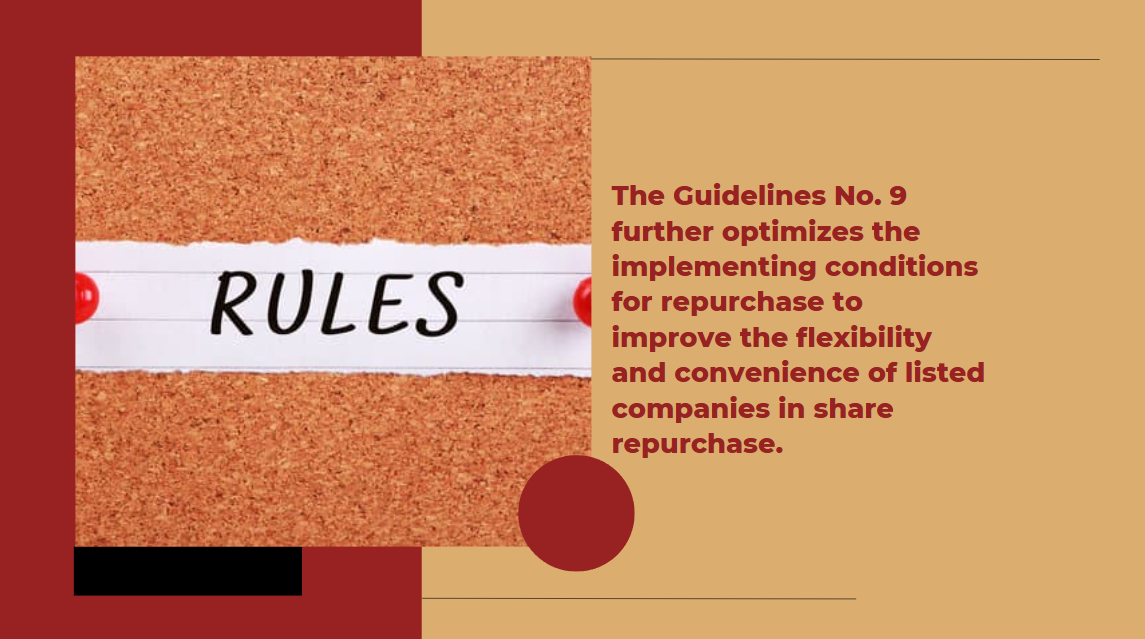
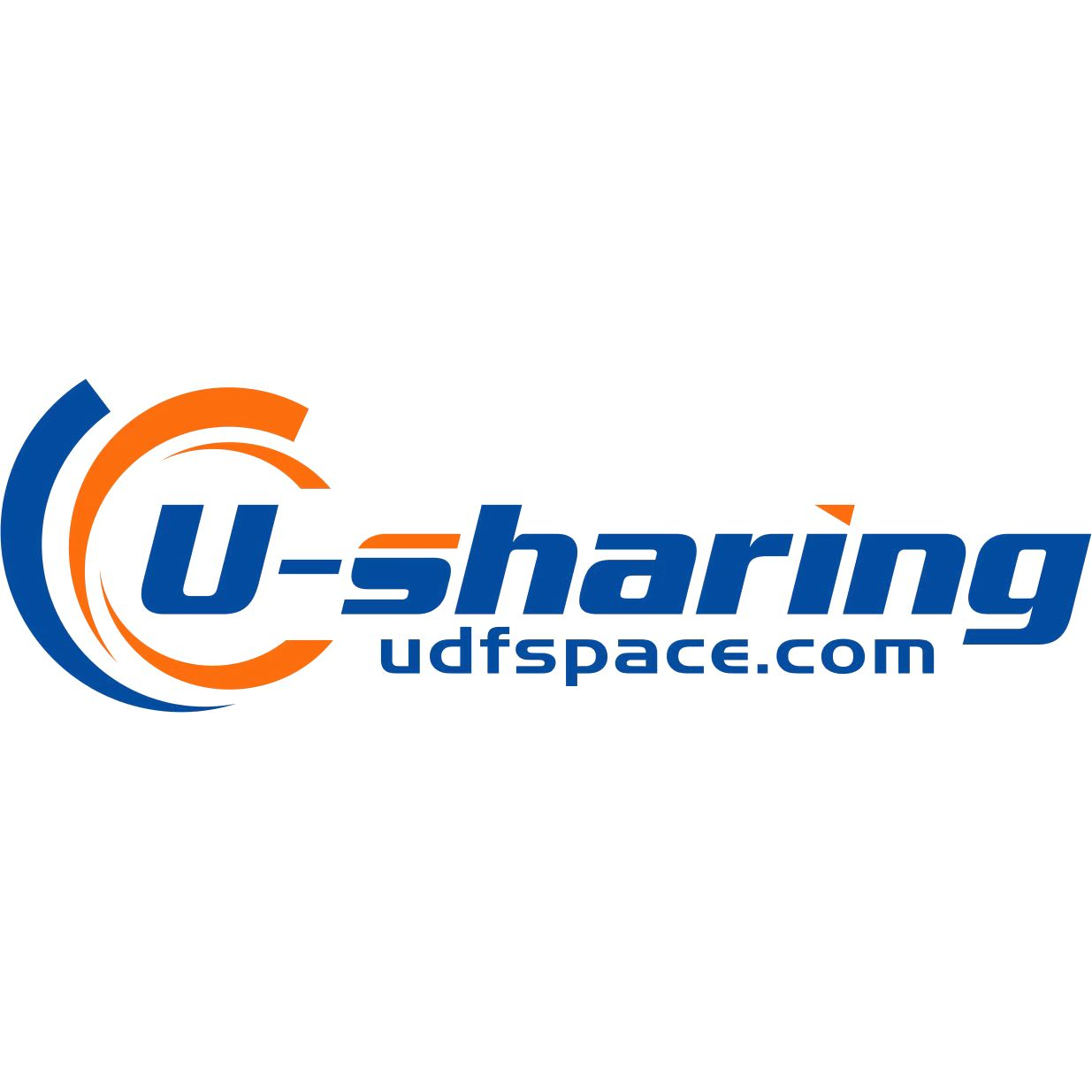
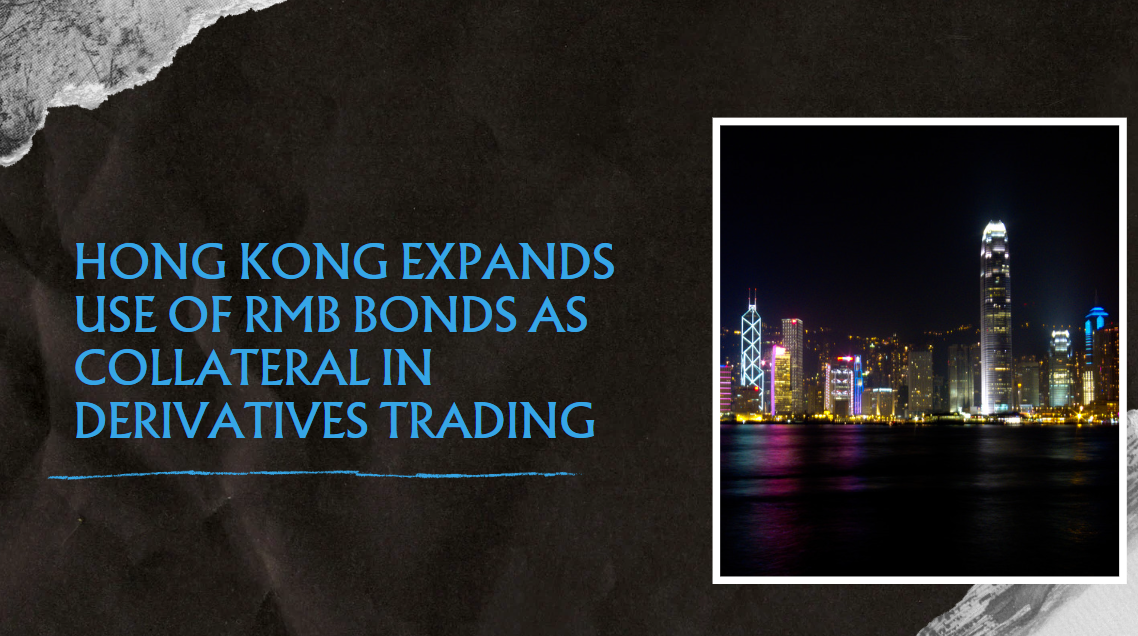
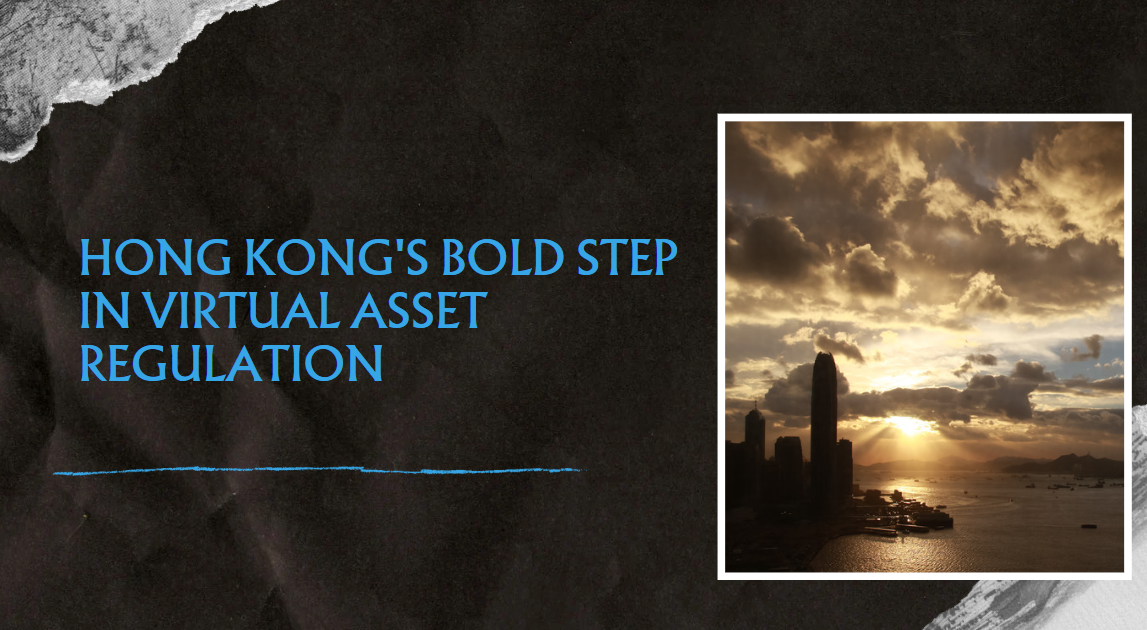
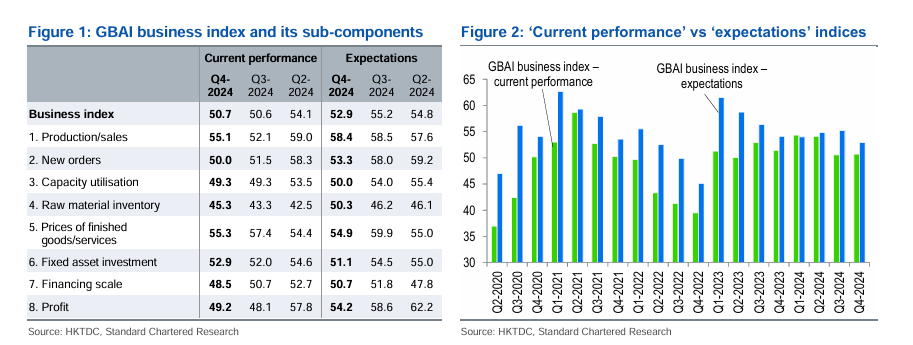
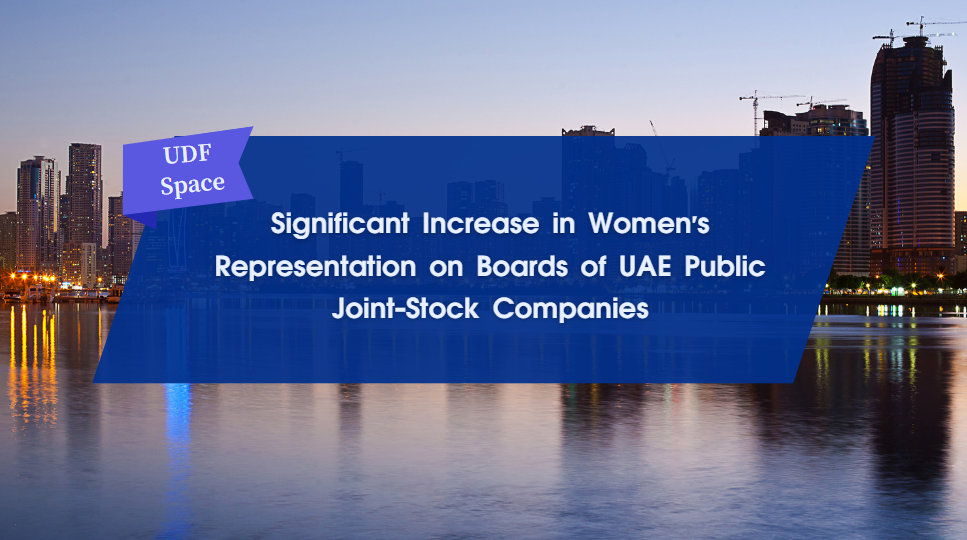
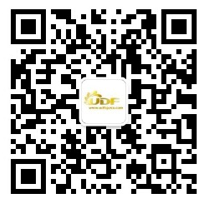










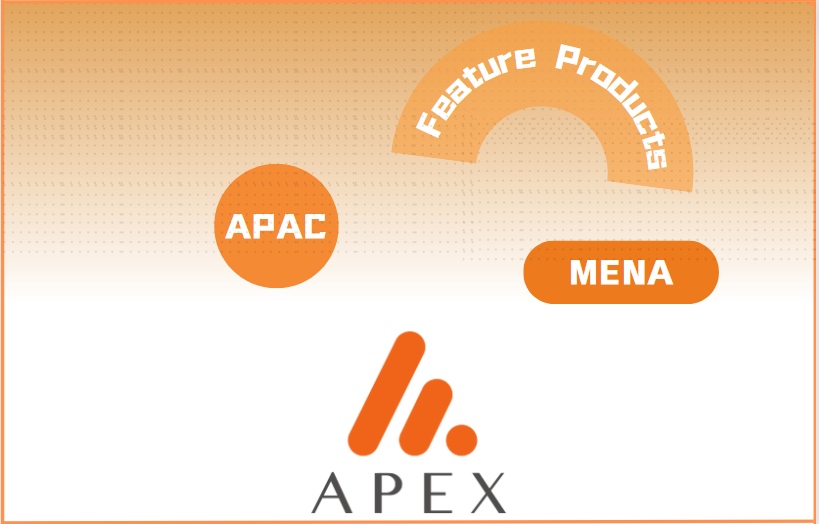
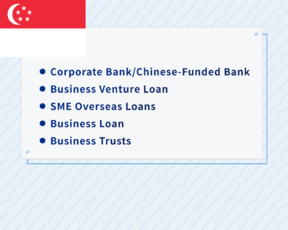













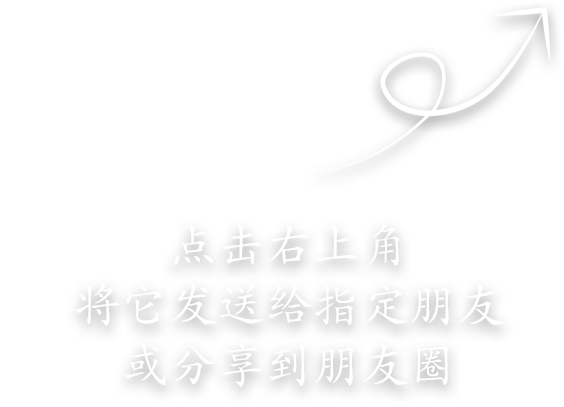
First, please LoginComment After ~